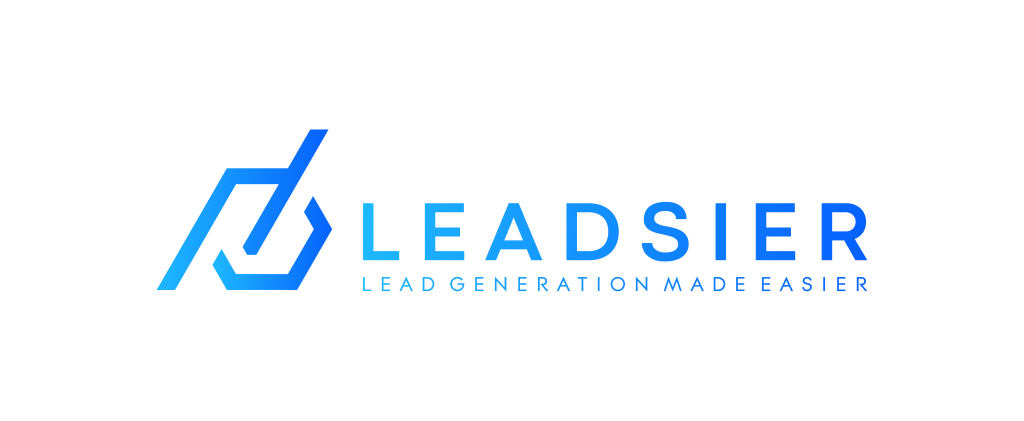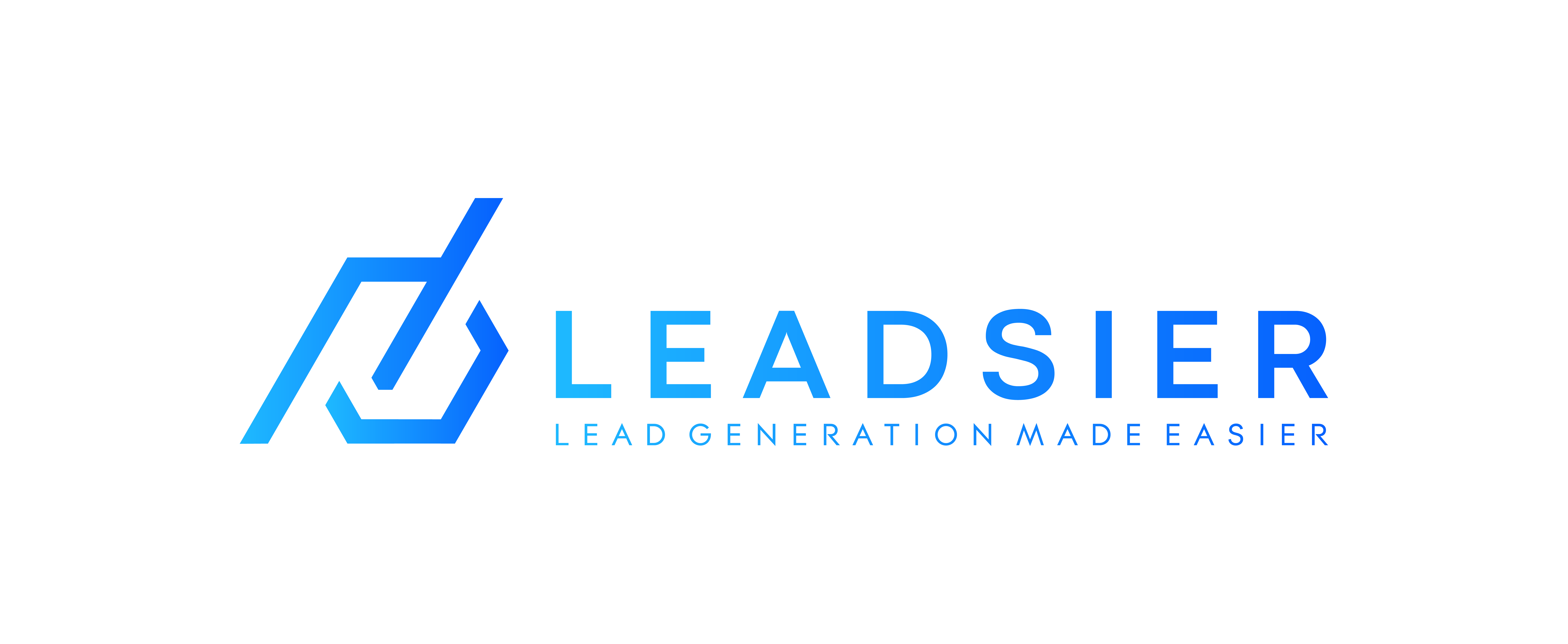Generating leads is one of the most pursued goals for marketers trying to get conversions and increase their profits. Although the Internet has digitized marketing for quite some time, the intricacies of lead generation are often misunderstood. In this article, you will learn in detail what marketing leads are, why they are so important to close more sales, and what is the best way to generate qualified leads in digital marketing.
What is a sales lead?
A sales lead is a person who shows interest in a product or service. This interest can be manifested in different ways: sharing their contact information, liking a post on Facebook, following a profile on Instagram or LinkedIn, etc. It can also be a person or company pre-selected by your sales team because it fits your ideal customer profile or a segment of your target market.
To capture leads you must have a good marketing and sales strategy. For example:
- Offer free valuable content or courses;
- Prepare a good opening speech if you present your product on cold calls;
- Offer product samples and other materials that may interest potential customers.
Depending on the level of interest shown, a lead can be more or less attractive for marketing and sales. This explains why marketing representatives usually differentiate between a prospect and a lead according to the level of interest shown.
A lead is anyone who expresses interest in your brand (it could be an interaction on a social network or someone who accepts a product sample in a visit to your store). A lead is still far from the purchase so it is located at the mouth of the sales funnel. On the other hand, a prospect is someone with whom you have already communicated. A prospect requests more detailed information and is genuinely interested in your service or product.
What is a hot lead?
Hot lead is a term closely related to inbound marketing, whose meaning is associated with a potential buyer who is very close to completing a commercial operation, such as the acquisition of a product or service. A great example of this is someone with multiple items in their online shopping cart.
In general, it is a person who is captivated by a certain good belonging to a brand but who will require special attention in the last stage of the purchase process… a last push. It is the opposite term of cold lead, which is characterized by someone seeking information about a product or service and showing no interest in buying it. Contrary to what happens in the cold lead scenario, the hot lead has already carried out that previous investigation and is considering acquiring the product or service in question.
What is lead generation?
Lead generation consists in expanding a brand’s database with the contacts of people or companies potentially interested in its products and services. We call each of these contacts a lead, which is a person or company that has shown an interest in a brand’s offer by sharing their information.
Lead generation is a key step in the inbound marketing process, as it allows traffic to your channels to be converted into valuable contacts for the brand. Leads can then be guided through the conversion funnel until they become customers. The lead generation process starts by attracting visitors to a company’s website. Generally, this traffic is directed to a landing page, which aims to get the information of potential customers. A common strategy is to offer the user any kind of valuable content, such as a free ebook, a product trial, a free consultation or a webinar, in exchange for their contact information.
Landing pages should be optimized to encourage conversions. They generally include a brief description of the benefits of the content or services offered, focusing on what it can bring to the user and not on its technical characteristics. It also includes calls to action (CTAs) to guide the user as well as a form that he/she must fill with his/her data.
All the users who have left their information become part of the brand’s database and turn into a lead. It’s important to know that not all leads have the same value, and not all of them translate immediately into a purchase. This is where lead scoring and lead nurturing strategies come into play.
Why is SEO a never-ending game?
What is the importance of sales leads?
To ensure that your business continues to grow and expand, you need to reach more people who could be potential buyers and spark interest in your products or services. You should see a constant influx of people interested in exploring what you have to offer in order to ensure a sustainable influx of income.
In a world where attention spans are limited and distractions are endless, attracting potential customers is becoming increasingly difficult. More and more companies are vying for this attention, so why should people lend their eyes or ears to what you have to offer? While it may sound simple, generating quality leads can be challenging so it is vital to invest time and effort to fine-tune your lead generation strategies.
What are the types of lead generation?
Although it is also possible to generate leads with offline methods of inbound marketing, we are going to focus on the most common types of lead generation in digital marketing:
- Email marketing
- SEM
- Display marketing campaigns
- Advertising on social media
- Content marketing
Email Marketing
Email can be suitable both for capturing first-time users and for keeping in touch with them with lead nurturing actions. Segmentation is essential for this method to be successful.
SEM
Search engine marketing (SEM) is a great channel for generating quality leads, as it allows companies to target potential leads based on the terms they search. Typically, you create groups of related search terms or keywords, with ads and landing pages that match what users are searching for at a given time.
Display Marketing Campaigns
Although banners have a reputation for being intrusive, if used wisely they can be a good way to capture the attention of your target audience and encourage users to share their data. Pay-per-click advertising is an example of this strategy.
Advertising on Social Networks
Some social ad platforms, such as Facebook, have ads specially designed to capture leads without the need for users to leave the social network. It is also possible to use social networks organically to generate quality traffic to your website.
Content Marketing
Branded content (like blog articles) is a good place to introduce lead generation campaigns. For example, presenting a report that the user can download for free in exchange for leaving us their data.
How do you qualify a sales lead?
Lead qualification is a process that classifies the sales leads in a company’s database by segmenting these consumers through a scoring system. A score is assigned to each of the leads according to its degree of affinity with the brand’s ideal customer profile.
The first thing you must take into account when designing a lead scoring measurement is to identify the parameters that are relevant to define your ideal customer. Choosing these attributes will also depend on the objective that your brand has set for itself. It is important to align the marketing and sales teams to generate a joint strategy and a qualification method that works for both. Generating a Service Level Agreement (SLA) between both teams will also help you clarify when a lead is ready to be served by the sales team.
Incorporate the explicit information, which corresponds to the demographic data identifiable through forms, questionnaires, or data shared directly by clients will allow you to identify the attributes that are most aligned with your ideal buyer persona and assess the potential of the lead.
What social media platform is best to use for advertising?
What does MQL vs. SQL mean?
- A Marketing Qualified Lead (MQL) is generated by marketing, usually automatically through lead nurturing and lead scoring. These leads have repeatedly shown interest in the company’s content so they are in a more advanced phase of the purchase cycle and fit with the buyer persona.
- A Sales Qualified Lead (SQL) is a lead that is in the most advanced phase of the purchase process. They are people who have been advancing in the marketing funnel.
4 top tips on how to generate leads in sales
Here are 4 top tips to generate leads in sales:
- Downloadable content
- Promotions
- Newsletter
- Webinar
1. Downloadable content
One of the main techniques for obtaining leads is through valuable content downloads. Users will give you their information in exchange for being able to download a series of contents that are of interest to them.
2. Promotions
This technique consists in offering a certain advantage to people who fill out a form with their data. Users who register can be beneficiaries of coupons or discount vouchers, special and personalized offers, and even direct discounts for the purchase of a product or service.
3. Newsletter
It is one of the best known and most effective techniques when it comes to getting the contact information of potential customers. Who is going to be more interested in your product or service than those who want to subscribe to your blog so they don’t miss a thing?
4. Webinar
Its objective is to attract registrations by offering quality, personalized, and exclusive content. What really stands out about this practice is the proximity and the possibility of answering questions from live participants.
B2B Sales Lead Generation Services
Outsourcing lead generation is a sound investment as it allows you to leave lead generation strategies in the hands of experts and focus on key areas of your business. At Leadsier, we take care of attracting leads to your website so that you can run your business at full capacity and increase conversions. Feel free to contact our SEO experts or schedule a free consultation to get started!


